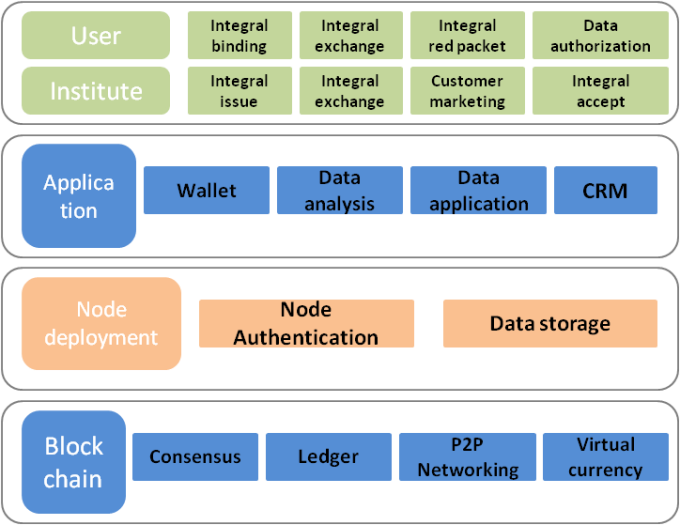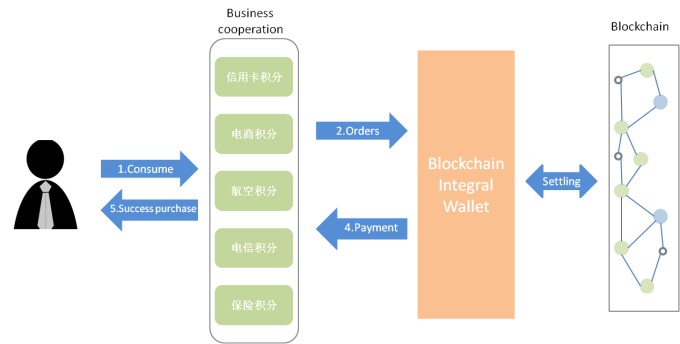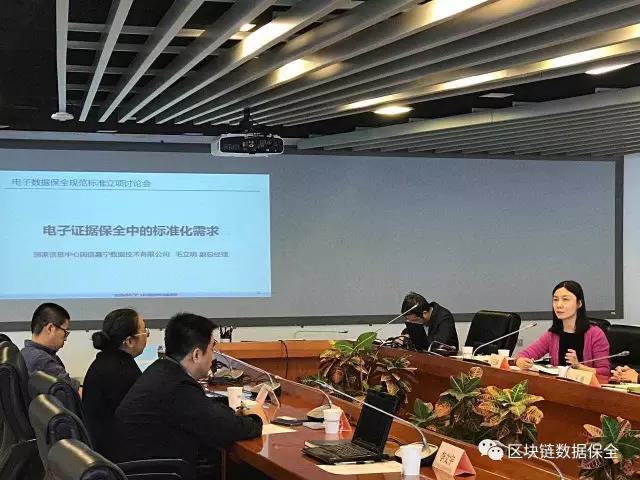Application value for Blockchain integral
The basic for Blockchain value transfer is to establish a credit mechanism. As a digital asset with real value, how to design a credible mechanism with other businesses to form a new and equal business alliance, which can not only guarantee the opening win, but also with high degree of autonomy. It is the key to realize value transfer for Blockchain integral application.
Compared with the traditional integral exchange platform, adding the user exchange channel to it, but it caused the loss of customers and damage of brush machine, and the platform is also difficult to achieve a higher commercial value. In view of these pain points, to truly implement the business flow of cross domain integration, blockchain technology as a distributed trust network technology, has the potential to against the pains, so that partners are involved in the transaction, lydger storage, real-time clearing, then to fundamentally innovate business model.
The Alliance Party has full autonomy with non repudiation. Block chain technology support for the functions of integral like digital assets distribution, donation, payment and settlement. Alliance participants can constitute the center node for Blockchain, to realize the common supervision. A party (enterprise) use their own signature to ensure the immutability, other people can use the public key to confirm the authenticity. Consumer use his private key again in circulation to ensure this payment. All the processes will be recorded in the Blockchain with integrity and reality.
The alliance parties jointly formulate common rules, meet the right of supervision to different levels. There is no discrimination in the rules, and it has equal treatment to the alliance members regardless of size; Secondly, the common interests of the league are reflected in the rules, and the rules explicitly reward rules maintenance behavior contrary to the rules of disciplinary behavior. Finally, these rules were written in Blockchain code, and automatically executed by system with real-time effect, without manual intervention.
Blockchain Integration Application Ecosystem
The architecture of Blockchain is very flexible, and reflecting the strong decentralization and scalability in the construction of the new integral ecosystem process. As shown in the following figure, the upper application is the user end and insititue end, background of integral is the third party wallet, data analysis provider, while the bottom is the complete Blockchain solution.

- For the institute, access mode of Blockchain bottom is API, provide service interfaces for user registration, integration issue, consumer records, and user oriented services. Take integral issue as an example, integral publishers registered an institution account first by integral wallet, generates a pair of account and private key by the blockchain bottom; Then businesses get their assets issued account, you can issue their own integral, integral assets to the blockchain bottom. After successfully issued, the issuer can see the number of assets on their own account.
For the user, the core functions are the user experience and digital asset management, rather than to emphasize blockchain technology itself. First of all, to ensure the user experience in the integral circulation process. For example, through the third party integral wallet, as shown in the following figure, the payment can be achieved easily, to form a closed loop, truly reflect the integral value.

Then to ensure the security of integral digital assets. Blockchain has no center or third party agencies responsible for the management, other nodes will continue to verify and store transaction data even a node broke down. Through the distributed shared ledger structure of Blockchain, key signature transactions and consensus algorithm, it can build a more secure underlying system compared with the traditional distributed system. In the future, in addition to the integral digital assets, Blockchain can be applied in other kinds of digital assets such as equity, music copyright and so on.







